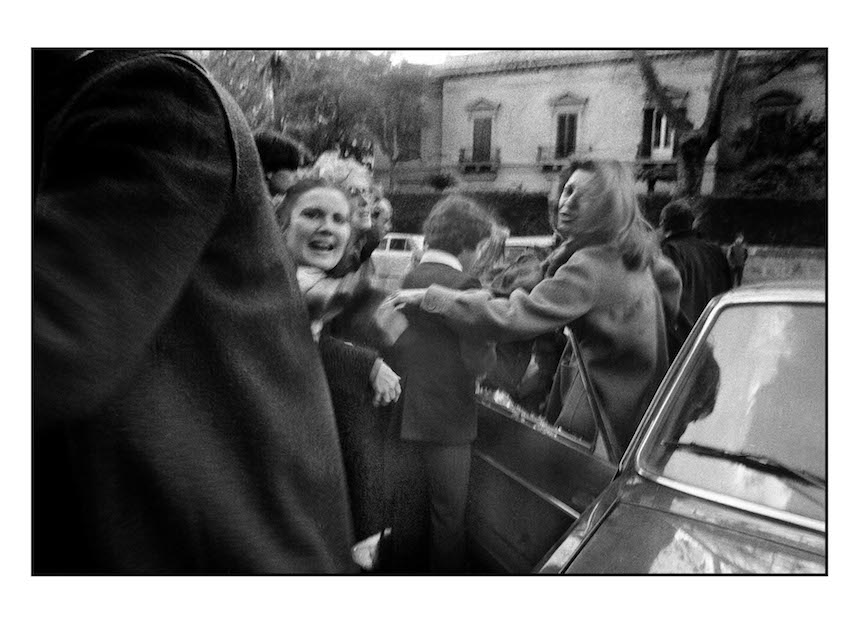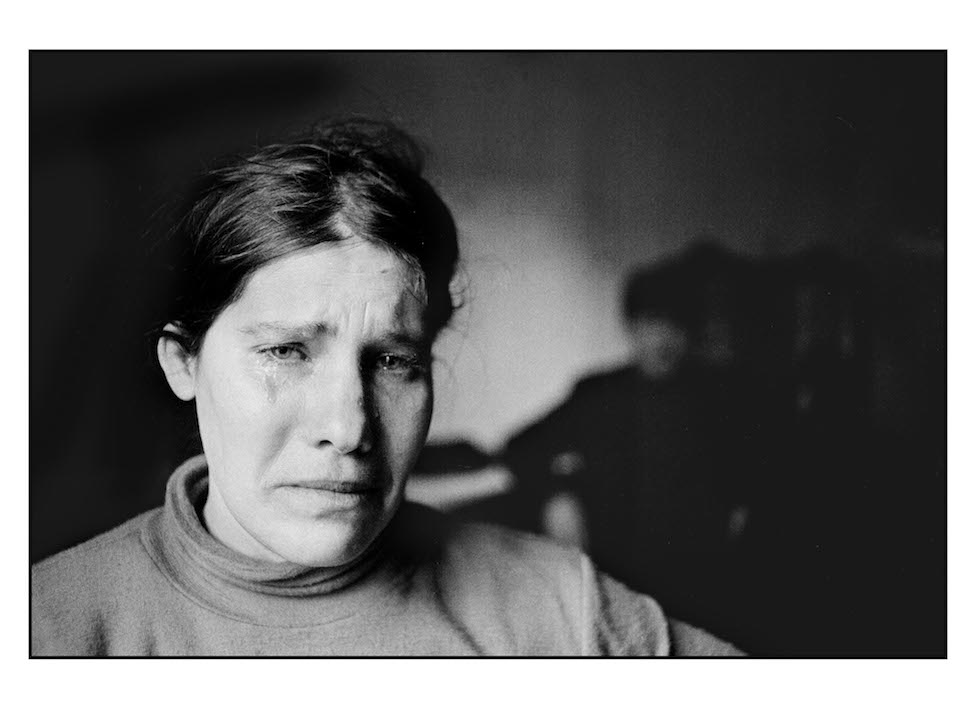location: Livorno
year: 2019
The exhibition Letizia Battaglia, located at I Granai di Villa Mimbelli – Museo Civico Giovanni Fattori (Leghorn), will be on display until the 15th of March. Fifty photographs of one of the most important and celebrated figures of contemporary photography are on display. Curated by Serafino Fasulo, promoted by the Fondazione Carlo Laviosa as a part of the project Fotografia e Mondo del Lavoro, and realised in collaboration with the city of Leghorn, the collection brings together the shots that display some of the most salient moments in Italian history: working-class Parlermo, portraits of women and children, but also worldly receptions that make up the face of the Sicilian aristocracy that is heavily reminiscent of Giuseppe Tomasi de Lampedusa’s The Leopard.

The itinerary proposed by the curator does not follow a chronological or thematic order. Rather, it tries to find a common thread between the atrocious and the beautiful, which traces the archetypes that human actions generate. The selection of images encourages us to drop the reductive label on Letizia Battaglia’s work as a “testimony on mafia murders”. Instead, it proposes a collection that look at the incessant search for beauty and dignity: her photos look back at the pathos of Greek tragedies, as well as at pain, and the sublime.

Letizia Battaglia has always expressed herself in the rigidity of black and white. She herself has confessed to not liking colour: “ancora oggi il solo pensare al rosso del sangue mi fa star male. Penso che il bianco e nero sia più silenzioso, solenne, rispettoso” [“Even today just the thought of blood red makes me feel ill. I think that black and white is more silent, solemn, and respectful”]. And perhaps it is the very choice of using black and white that is able to make the images so ‘documentary’, allowing the observer to look beyond the horror of the more gory features in order to concentrate on the humanity that perpetuates the drama of its very existence. We are able to leave more visceral feelings to one side to follow the narrative of these stories without compromising the perception of desperation or the extreme vitality that pervade in the photographer’s shots.
Letizia Battaglia was born in Palermo in 1935. She was a photographer, artist, director, environmentalist, politician, editor, and one of the first women photojournalists in Italy. In 1974 she began career for the daily newspaper L’Ora in Palermo, and cofounded the company Informazione Fotofragica with her college and partner Franco Zecchin. As a front line reporter, she was able to document the Palermo where the mafia rule over the state, and where its debts are paid by administering land laws with blood. It delivers historical images of Giorgio Boris Giuliano, the President of the Sicilian Region Piersanti Mattarella (taken back by his brother Sergio after he was killed), of the general Dalla Chiesa, and the magistrates Falcone and Borsellino. Letizia Battaglia reviews forty years of Italian life and society. Her objective can be seen anywhere that recounting is necessary: from riots to mafia homicides, from prisons to psychiatric hospitals. But her favourite subjects, she declares, continue to be the women and children. She is the first European to receive the Eugene Smith prize for photojournalism in New York in 1985 (an internationally recognised prised established to remember the photographer of Life, annually assigned to whoever distinguishes themselves in the social, economic, political or environmental setting). In 2017 the New York Times named her (the only Italian), as one of the eleven most influential women in the world, and the MAXXI in Rome paid her homage by dedicating an anthology to her, which assembled more than two hundred photographs, artist’s proofs, and unedited documents. She held lectures and workshops and exhibited in museums and institutions across Italy and the world. Since 2017 she has directed and curated a selection of exhibitions and events dedicated to historical and contemporary photography at the International Centre for Photography at the Cultural Sites at the Zisa in Palermo.













